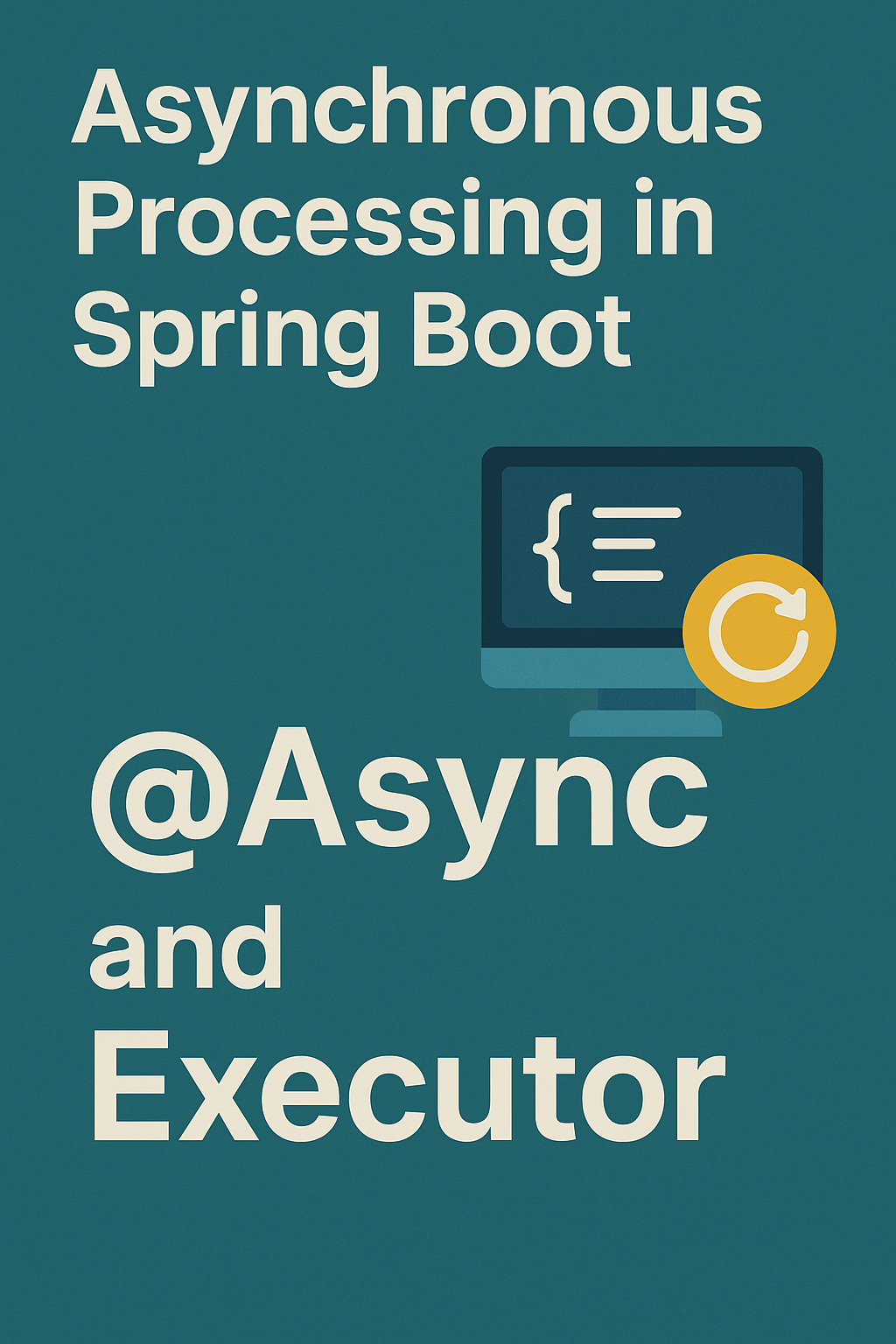
If you’re building Java applications in 2025, you’re likely choosing between Spring Boot and the Spring Framework. While they’re closely related, they serve different purposes — and choosing the right one can save you time, complexity, and even budget.
In this post, we’ll break down the key differences between Spring Boot and the core Spring Framework, how they relate to each other, and when you should choose one over the other — especially in modern cloud-native and microservice applications.
☕ What Is Spring Framework?
The Spring Framework is a comprehensive, modular platform for developing Java applications. Introduced in 2003, it provides core features like:
- Dependency Injection (DI) via the Inversion of Control (IoC) container
- Aspect-Oriented Programming (AOP)
- Transaction management
- MVC architecture for web apps
- Integration with ORM tools like Hibernate and JPA
It’s a toolbox that gives you full control over your project structure, but it requires manual configuration and setup — especially for web servers, security, and dependency management.
🚀 What Is Spring Boot?
Spring Boot is a layer on top of the Spring Framework that simplifies the development process. It offers:
- Auto-configuration based on your project’s dependencies
- Embedded servers (Tomcat, Jetty, Netty) — no need to deploy WAR files
- Opinionated defaults for security, databases, logging, etc.
- Production-ready features like health checks and metrics
- Support for GraalVM native images (from Spring Boot 3 onward)
In other words, Spring Boot uses the Spring Framework under the hood, but makes it far easier and faster to build real-world applications.
⚖️ Key Differences Between Spring and Spring Boot
| Feature | Spring Framework | Spring Boot |
|---|---|---|
| Setup Complexity | Manual configuration | Auto-configured, ready to run |
| Web Server | Requires external server (Tomcat, etc.) | Embedded server (Tomcat, Jetty, Netty) |
| Dependency Management | Must define all dependencies manually | Starter dependencies with curated sets |
| Development Speed | Slower, verbose | Faster, cleaner, beginner-friendly |
| Microservice-Readiness | Needs more setup | Ideal for microservices |
| Project Size Fit | Great for large, complex architectures | Great for small-to-medium and SaaS apps |
| Learning Curve | Steeper | Easier for beginners |
🧠 When Should You Use Spring Framework?
Spring Framework is ideal when:
- You need fine-grained control over app configuration
- You’re working on a legacy system or migrating from Java EE
- You’re building a monolithic enterprise application with layered architecture
- You’re using advanced modularization or want to design your own app bootstrapping
However, in most modern use cases — especially cloud-native apps, SaaS platforms, APIs, and microservices — using Spring Boot is the preferred approach.
✅ When Should You Use Spring Boot?
Spring Boot is better when:
- You want to build and deploy apps fast
- You need REST APIs or microservices
- You prefer convention over configuration
- You want to ship apps as standalone JARs with embedded servers
- You need built-in support for Docker, Kubernetes, or cloud platforms
📘 Related: Getting Started with Spring Boot 3: A Beginner’s Guide
🧰 Real-World Use Case Examples
| Application Type | Recommended Approach |
|---|---|
| REST API backend for mobile app | ✅ Spring Boot |
| Legacy ERP system integration | ✅ Spring Framework |
| Microservice in Kubernetes | ✅ Spring Boot |
| Complex monolithic enterprise app | ✅ Spring Framework |
| Rapid MVP or SaaS app | ✅ Spring Boot |
| Custom modular business platform | ✅ Spring Framework |
🔮 What’s New in 2025?
As of 2025:
- Spring Boot 3 has full support for Java 21, native images, and observability (Micrometer, Actuator)
- Spring Framework 6 is more modular, aligned with modern JVM and native build pipelines
- Boot is now the de facto choice for greenfield projects and cloud-first development
🧠 Final Thoughts
Spring Boot and Spring Framework aren’t competitors — they’re part of the same ecosystem.
- Use Spring Boot when you want to move fast, deploy clean APIs, and scale on the cloud.
- Use Spring Framework when you need full control over configuration, or are working on large, mature codebases.
For most new projects in 2025 — especially REST APIs and microservices — Spring Boot is the clear winner.


